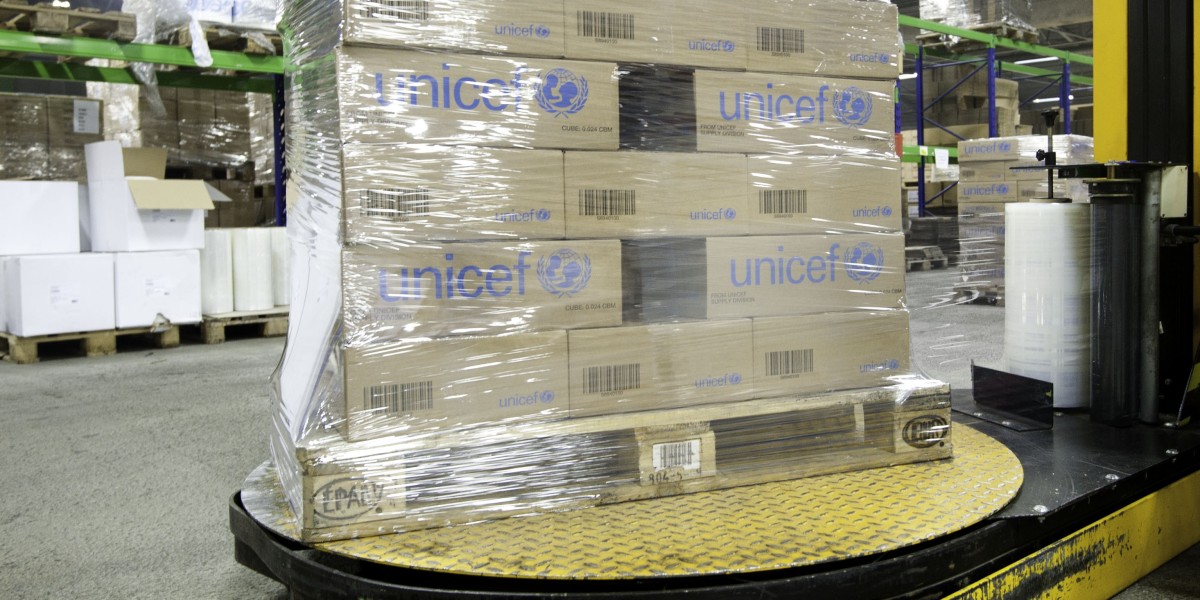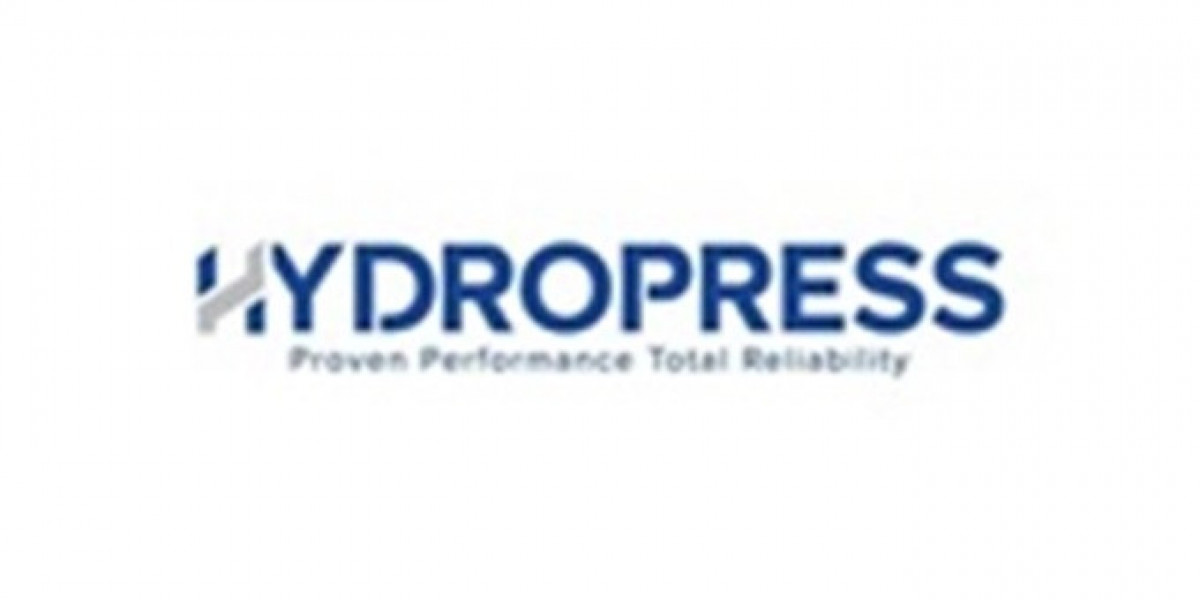In the world of logistics and shipping, securing goods for transport is a critical task that ensures products reach their destination intact and undamaged. One of the most effective and widely used methods for securing loads on pallets is pallet wrap, also known as stretch wrap. This flexible material, when applied correctly, provides containment that keeps products stable, protected, and secure during transport. In this article, we will explore the different types of pallet wrap, the importance of containment, and best practices for using pallet wrap effectively.
Understanding Pallet Wrap: What Is It?
Pallet Wrap & Containment is a stretchable plastic film that is wrapped around goods on a pallet to secure them together. It is typically made from low-density polyethylene (LDPE) and comes in a variety of thicknesses, widths, and types. The primary function of pallet wrap is to hold products tightly on a pallet, preventing them from shifting, falling, or becoming damaged during transportation.
Types of Pallet Wrap
There are several types of pallet wrap available, each designed for specific applications and environments:
Hand Pallet Wrap: This type of pallet wrap is manually applied using a hand-held dispenser. It is commonly used in small to medium-sized operations where the volume of pallets being wrapped does not justify the need for automated equipment. Hand pallet wrap is easy to use and provides a reliable way to secure loads.
Machine Pallet Wrap: Designed for use with automated wrapping machines, machine pallet wrap is used in high-volume operations where efficiency is key. This type of wrap is stronger and more consistent in application compared to hand wrap, making it ideal for large warehouses and distribution centers.
Blown Pallet Wrap: Blown pallet wrap is produced using a blown extrusion process, which results in a film that is highly stretchable, durable, and resistant to punctures and tears. It is often used in situations where loads are irregularly shaped or have sharp edges.
Cast Pallet Wrap: Cast pallet wrap is manufactured using a cast extrusion process, resulting in a film that is quieter and easier to unwind. It has a higher level of clarity, making it easier to scan barcodes through the wrap. This type is preferred in applications where noise reduction is important, such as in retail environments.
Pre-Stretched Pallet Wrap: As the name suggests, this wrap is pre-stretched during manufacturing, which reduces the amount of force needed to apply it. Pre-stretched wrap is lighter and requires less effort to use, making it an ergonomic choice for workers who frequently wrap pallets by hand.
The Importance of Containment
Containment is a crucial concept in palletizing and shipping. It refers to the ability of the pallet wrap to hold the load securely on the pallet, preventing movement and ensuring that the goods remain stable throughout the transportation process. Effective containment is essential for several reasons:
Product Safety: Proper containment ensures that the products remain in place during transit, reducing the risk of damage caused by shifting or falling. This is particularly important for fragile items or goods with high value.
Load Stability: A well-contained load is stable and less likely to tip over during handling or while on the road. This minimizes the risk of accidents and injuries in warehouses, distribution centers, and during transportation.
Cost Efficiency: Damaged products lead to returns, replacements, and customer dissatisfaction, all of which incur additional costs. Effective containment reduces these risks, leading to cost savings for businesses.
Compliance with Regulations: Many industries have strict regulations regarding the safe transport of goods. Proper containment ensures that businesses comply with these regulations, avoiding fines and other penalties.
Best Practices for Using Pallet Wrap
To achieve optimal containment and protection, it is important to follow best practices when using pallet wrap. Here are some key considerations:
Choose the Right Type of Wrap: Selecting the appropriate type of pallet wrap is essential for effective containment. Consider the nature of the load, the shipping environment, and the level of protection required. For example, use blown wrap for heavy or irregular loads and cast wrap for lighter or more uniform loads.
Proper Tension: When applying pallet wrap, it is important to maintain the correct tension. Too much tension can cause the wrap to tear or puncture, while too little tension may result in an unstable load. Hand dispensers and wrapping machines often have tension control features to help achieve the right balance.
Wrapping Technique: The technique used to wrap the pallet is crucial for ensuring containment. Start at the base of the pallet, wrapping around the bottom several times to secure the load to the pallet. Gradually work your way up, overlapping each layer by about 50%. Make sure to cover the top of the load as well to protect it from dust and moisture.
Use of Edge Protectors: For loads with sharp edges or corners, it is advisable to use edge protectors in conjunction with pallet wrap. Edge protectors prevent the wrap from tearing and provide additional stability to the load.
Double-Check for Stability: After wrapping the pallet, give the load a gentle push to check for stability. If the load shifts or wobbles, consider adding another layer of wrap or using additional securing methods, such as strapping.
Consider Environmental Factors: The environment in which the pallet will be stored or transported can affect the performance of the wrap. For example, extreme temperatures or humidity levels can impact the stretchability and strength of the wrap. In such cases, it may be necessary to choose a wrap that is specifically designed for those conditions.
Benefits of Using Pallet Wrap
Using pallet wrap offers numerous benefits for businesses involved in shipping and logistics. Some of the key advantages include:
Enhanced Protection: Pallet wrap provides a protective barrier against dust, moisture, and other environmental factors that could damage the products. This is particularly important for goods that are sensitive to contamination or moisture.
Improved Efficiency: Pallet wrap streamlines the palletizing process, making it faster and more efficient to prepare loads for shipping. Automated wrapping machines, in particular, can significantly speed up the process, reducing labor costs and increasing throughput.
Reduced Product Loss: By securing products tightly on the pallet, pallet wrap minimizes the risk of loss due to shifting, falling, or damage during transit. This leads to fewer returns and replacements, saving businesses time and money.
Versatility: Pallet wrap is versatile and can be used for a wide range of products, from small, lightweight items to large, heavy loads. It can also be used in conjunction with other securing methods, such as strapping or netting, for added protection.
Sustainability: Many manufacturers offer recyclable or biodegradable pallet wrap options, allowing businesses to reduce their environmental impact. Additionally, using the right amount of wrap and minimizing waste can contribute to more sustainable packaging practices.
Conclusion
Pallet wrap is an indispensable tool in the world of shipping and logistics. Its ability to securely contain and protect products during transit makes it a vital component of any supply chain. By understanding the different types of pallet wrap, the importance of containment, and best practices for application, businesses can ensure that their products arrive at their destination safely and in excellent condition. Whether you are shipping locally or internationally, investing in high-quality pallet wrap and proper containment techniques is a wise decision that can lead to improved efficiency, cost savings, and customer satisfaction.








